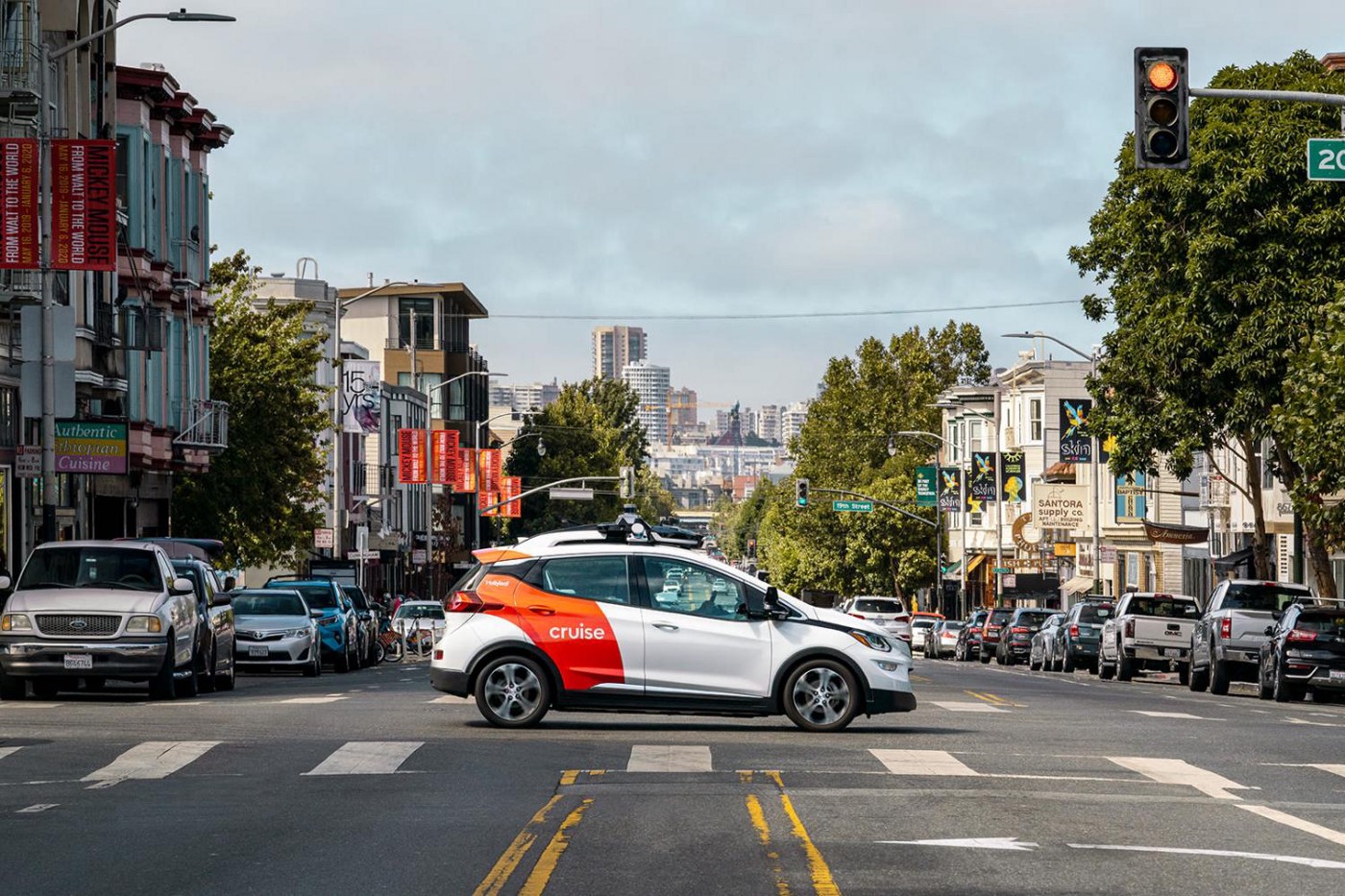The U.S. Department of Agriculture (USDA) defines a food desert as a part of the country where it’s difficult to buy fresh fruit, vegetables, and other healthy whole foods. An area is considered a food desert if 500 people or more, or 33% of the population in the area live at least one mile away from a supermarket or large grocery store. If that distance is 10 miles or more, the area is described as a rural food desert.
According to a recent report by the Economic Research Service of the USDA, about 2.1 million households i.e. 1.8% all households live at least a mile away from a supermarket and don’t have a car, making accessibility harder.
Food deserts are common in impoverished areas. This means that, for these people, buying that nutritious fresh fruit takes a lot of careful consideration and money management. One is faced with the task of either taking the exhausting ride in a bus (which also costs money) or paying a significant proportion of the grocery bill to have the purchase delivered. With the budget constraints, neither of these choices makes sense.
The dilemma too often ends residents foregoing the healthy eating entirely. They substitute the healthy food they can’t get with the available unhealthy food. Yes, it’s a big irony that the available shops stock processed, sugary and fatty foods instead of healthy foods––leading to another epidemic: Obesity.
As a side note, studies have been conducted suggesting that the distance from a supermarket or large grocery store has very little to do with the unhealthy eating habits. The studies say that the healthy foods just don’t sell in those food desert areas and it wouldn’t make a difference if stores were opened.
But we can pursue the little difference such a change would make.
It’s encouraging to see that there’s a wide range of models such as non-profit, corporate, charitable, and governmental programs that have been employed in trying to tackle the problem.
Working together with the communities, I believe there are a couple of measures that real estate developers can also help alleviate the problem.
1. Community Gardens
A community garden is a piece of land gardened or cultivated by a group of people in the same locality, usually for domestic consumption.
In the past, many developers have less than championed community projects that looked to turn vacant lots into food production areas. Rather, they have been more for house development.
To encourage growth of food in these communities, developers need to take the center stage by not just allowing people to farm in their communities but also designing those spaces and even funding them.
Community gardens can also be set on hydroponic rooftops, freeing up more space for housing developments.
2. Farmer’s Markets
Very much like a community garden, a farmer’s market is a retail market that features foods that are sold by farmers directly to consumers.
Instead of developing a whole area, one could decide to leave out sufficient space for the development of a farmer’s market where farmers can easily sell their produce and consumers can access foods without having to travel for miles.
3. Employment Opportunities
As mentioned, food deserts are often found in impoverished areas. Hiring local skills provides employment and a source of income to the people. With that, they can actually start thinking about eating healthy.
Also, the employees get to learn from the masters, especially where the project is about sustainable food production in the community. They can then use the skills learned to grow their own food back home.
4. “Giving Up” Land
As the situation escalates, developers need to start giving up more land to set up of community gardens, farmers markets, and even stores.
Giving up land isn’t a new thing. Developers have been giving up land to the city during new housing developments.
This time, instead of constructing parks and public structures on that land, it should be turned into a food production area.
Besides, giving up land for food production raises the value of the project in the long run.
As retailers and the government continue looking for ways to address the situation, real estate developers must also chip in and do their best to utilize their knowledge, access, and tools to ensure that even the low-income residents are able to eat healthy through convenient access to supermarkets and grocery stores.





